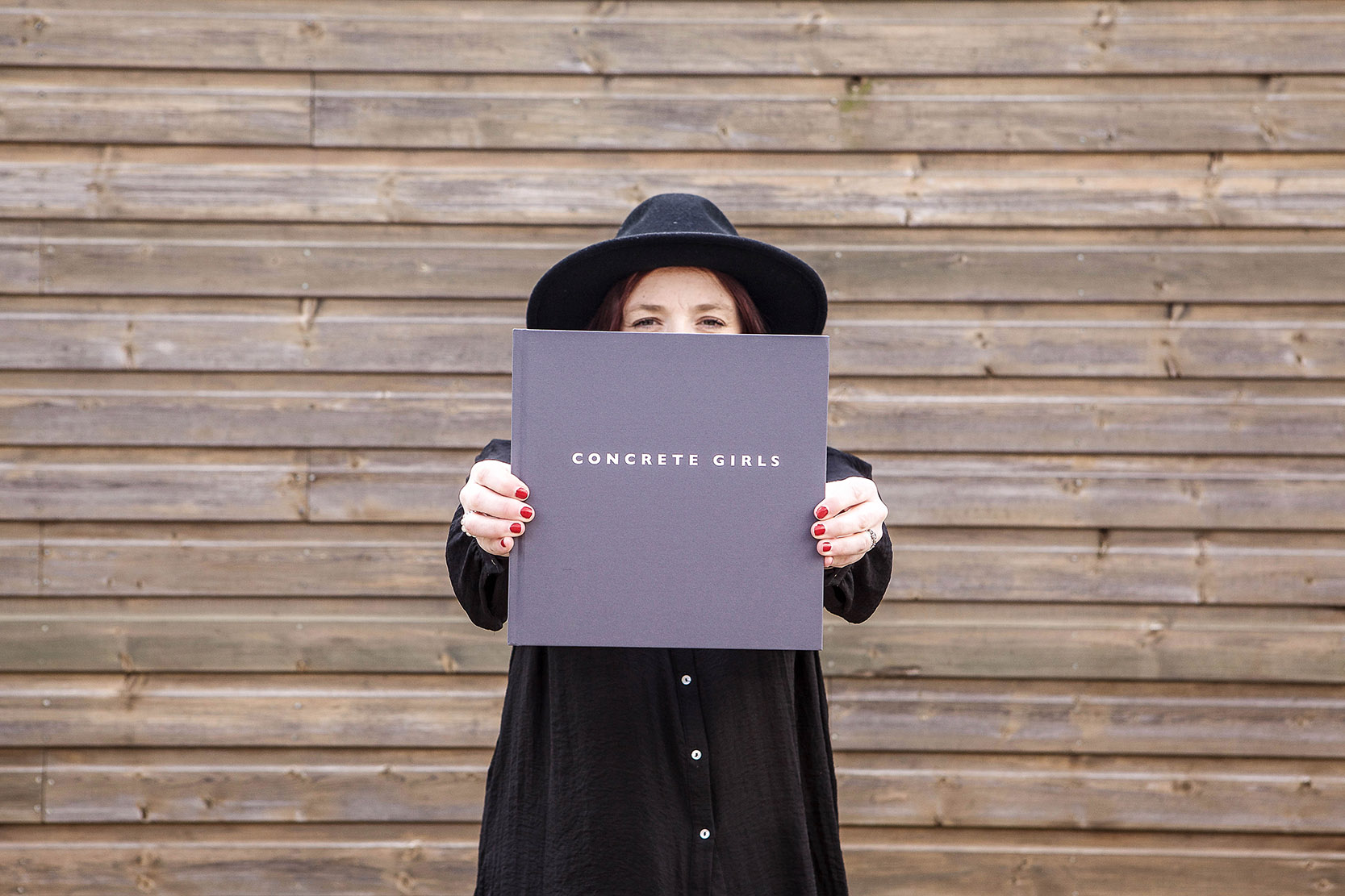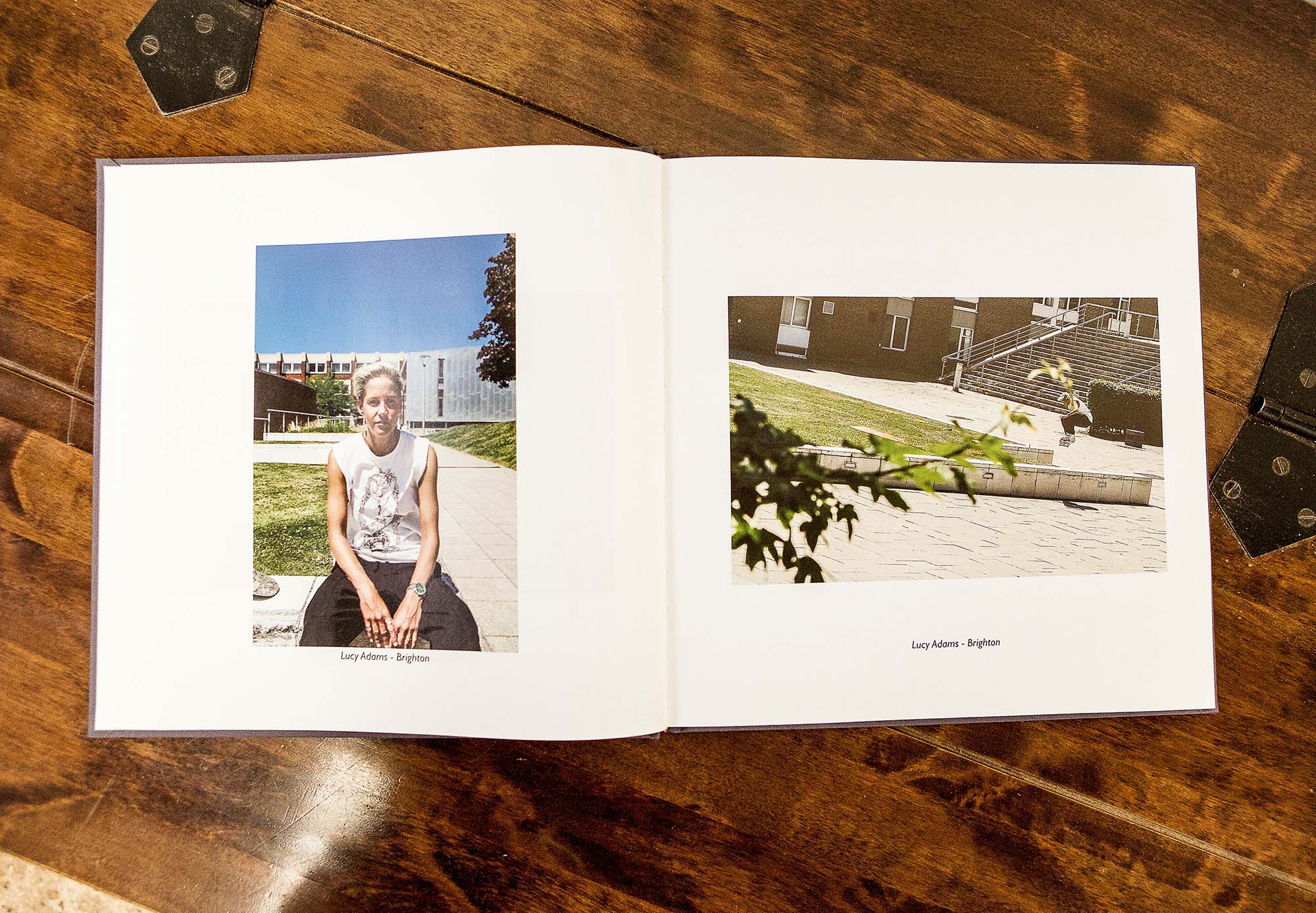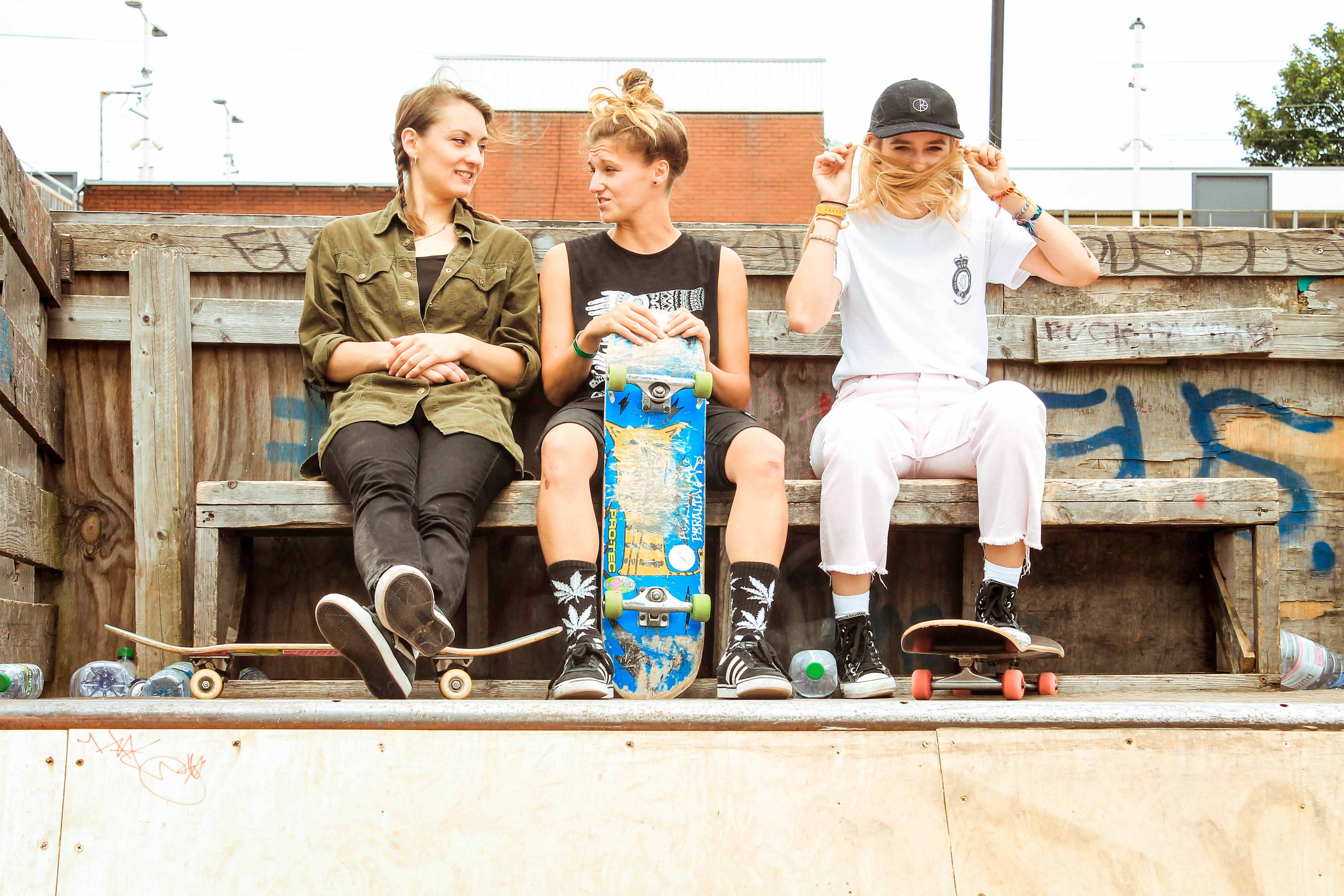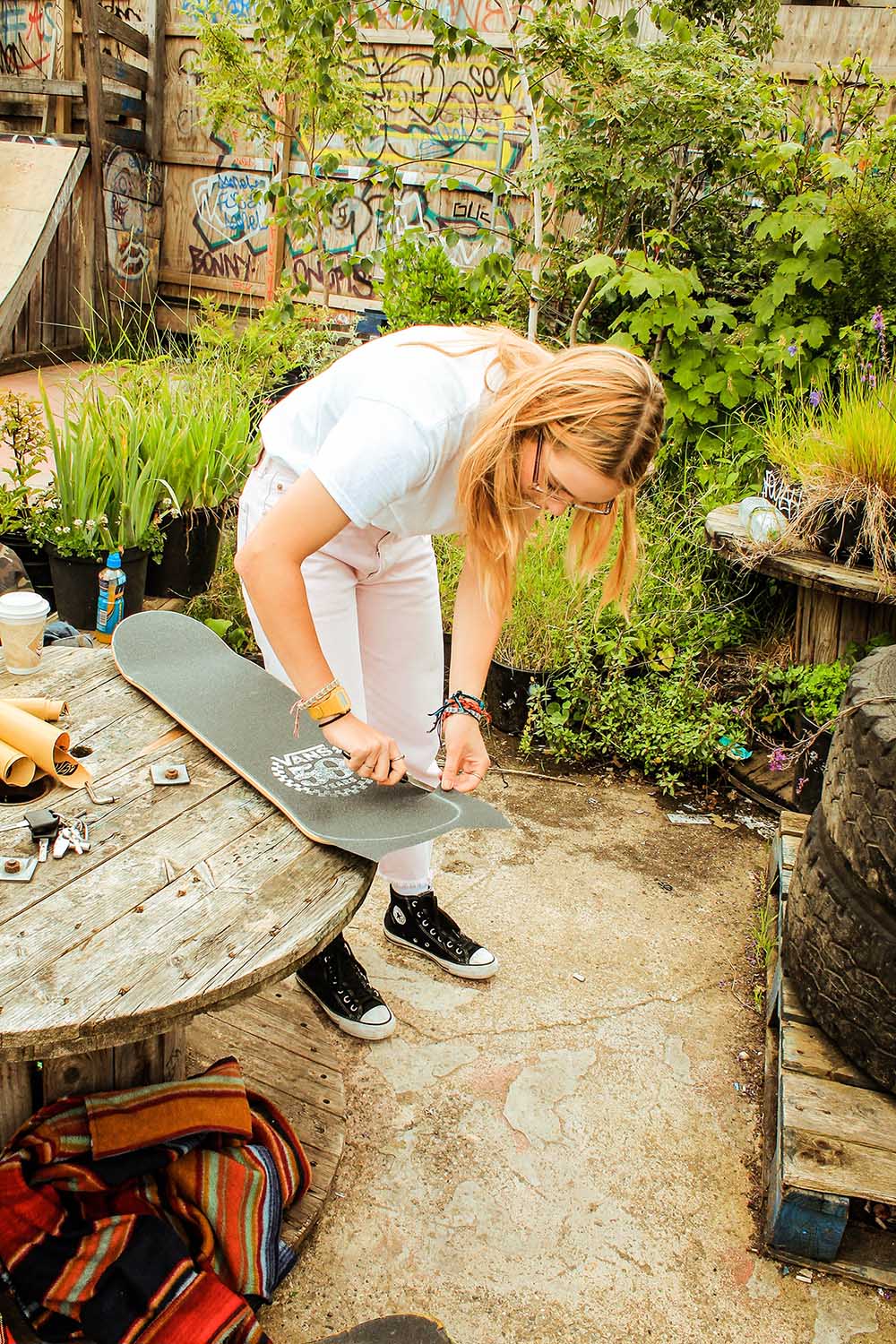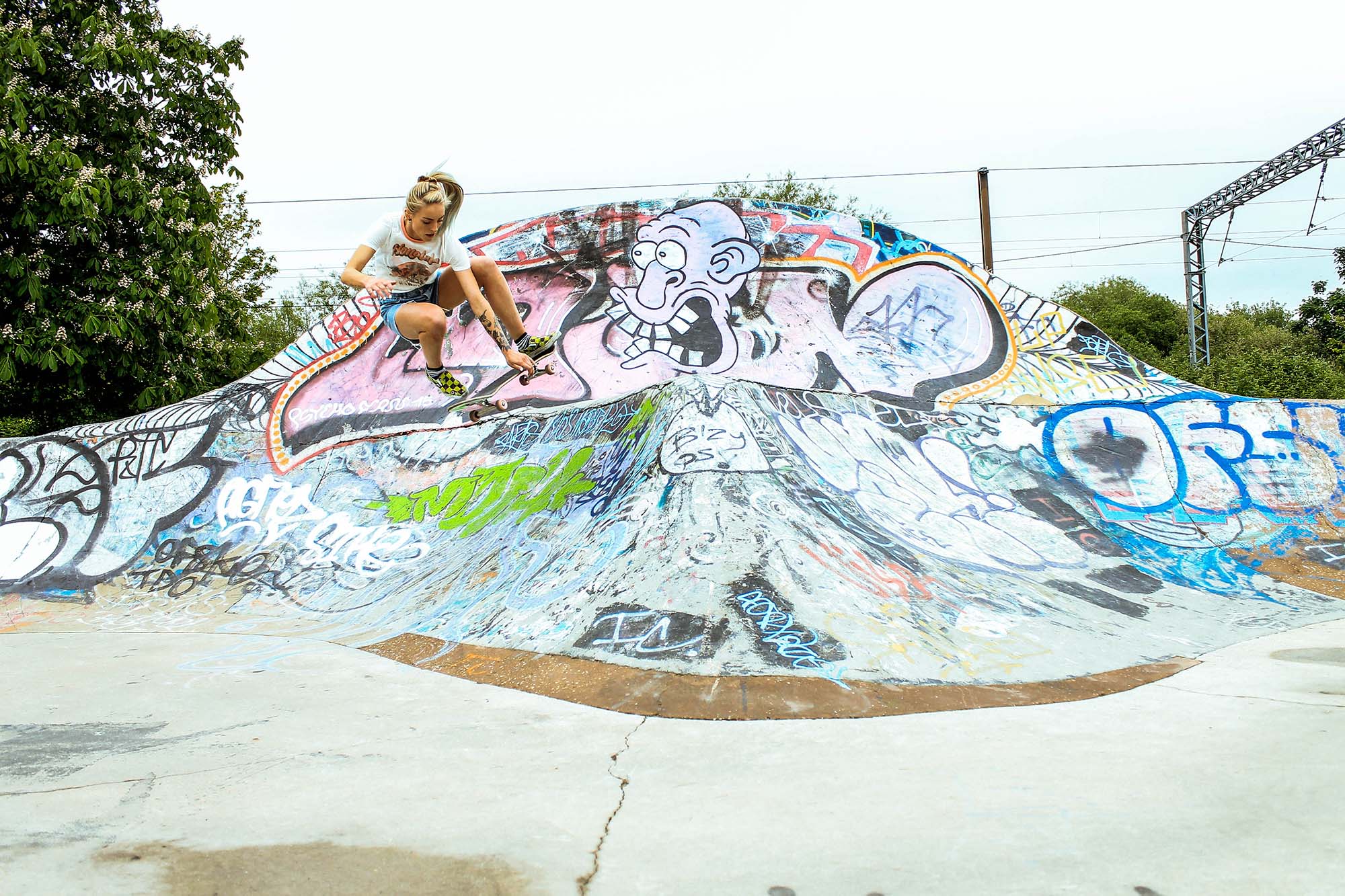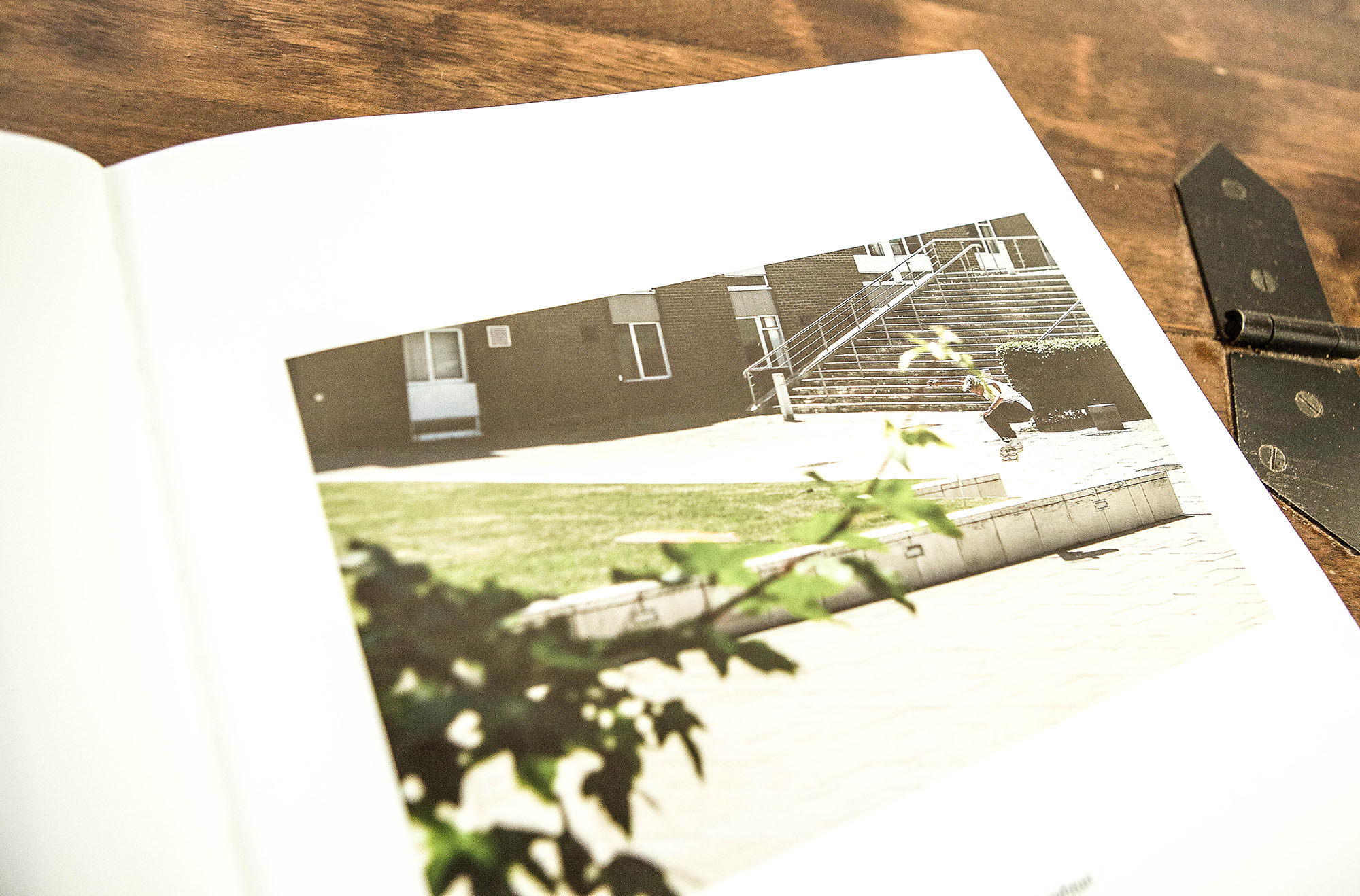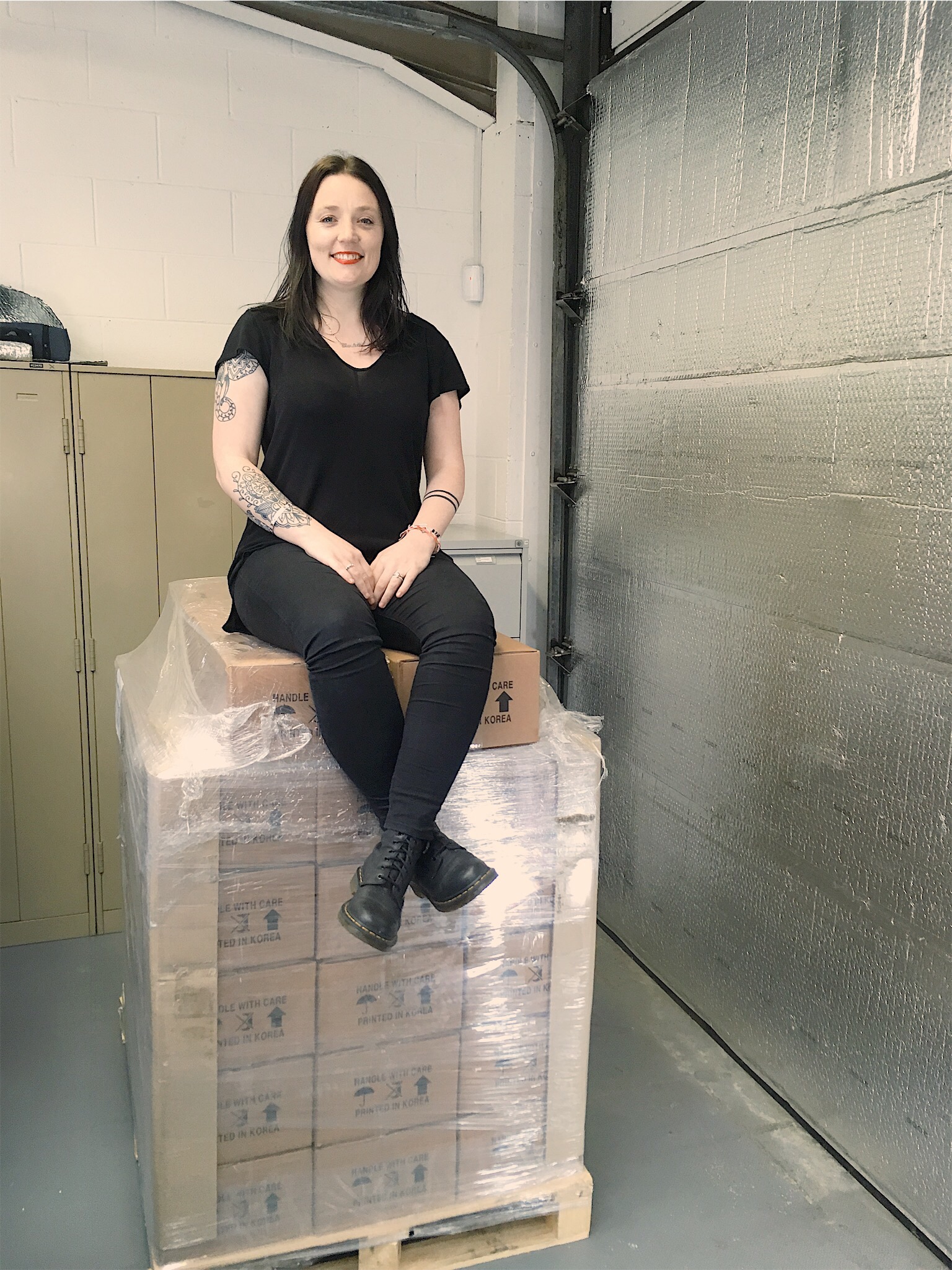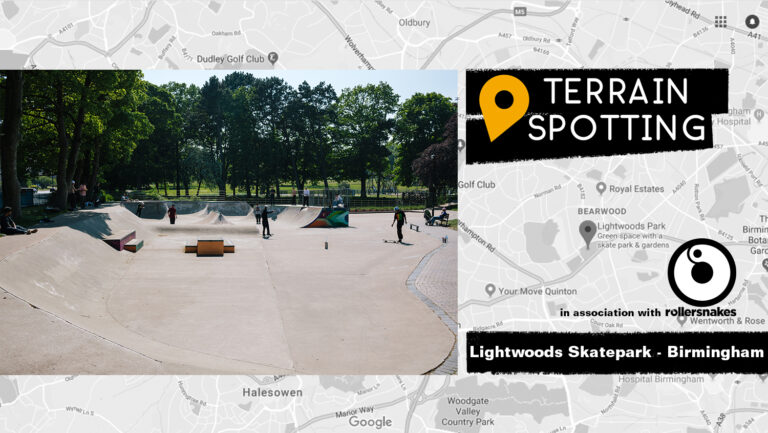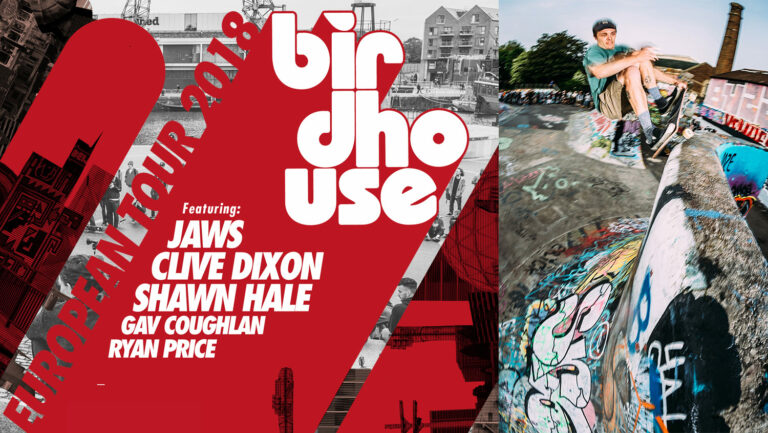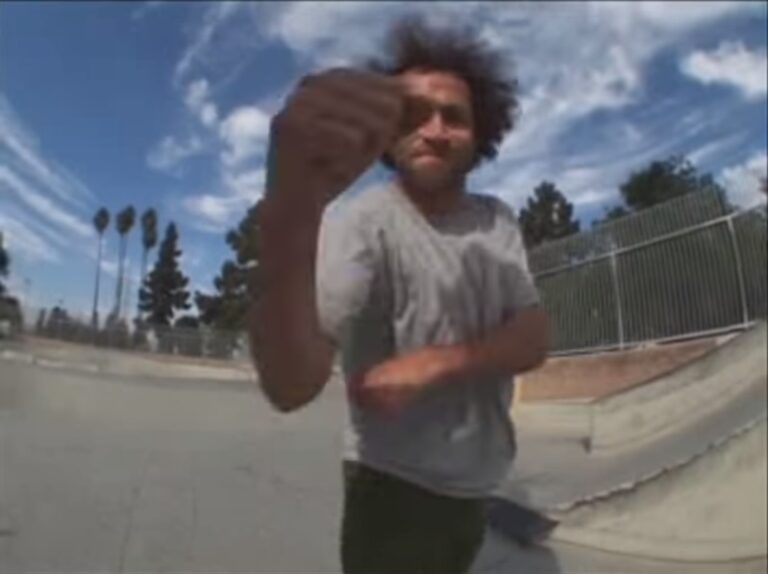Due for release on June 29th, Concrete Girls is the result of 5 years of work by photographer and skateboarder Charlotte Thomas. Born and raised in Hereford, Charlotte skated throughout her youth before a debilitating accident left her unable to actively participate in skateboarding. This provided the impetus for her to pick up a camera and begin to document the scene that she loved, with the result of this process being a coffee table book detailing many of the faces that make up the UK’s female skateboard scene.
We caught up with Charlotte not long after a pallet of freshly printed books had been delivered. Read on to find out more on the process involved and how to get your hands on a copy.

Can you give us a little background on your own skateboarding history please Charlotte? I remember seeing you around at Hyde Park in Leeds whilst you were studying, but you’re from Hereford originally so how did you first come into contact with skateboarding?
I started getting into skateboarding at the age of 16, I’d just started college in Hereford and through friends of the family I was introduced to skateboarding.
There wasn’t really anywhere to skate in Hereford at the time, except for a wooden skate ramp in Whitecross, which was really difficult to skate for a beginner – it was massive and broken, so when you fell off you would get splinters – not that much fun!
Beyond that, there was also Maylord’s underground car park and B&Q car park that were spots in Hereford, but at that age I was intimated by the other skaters so I tended to go out when it was quiet so as to not to be seen. I was a bit of a loner to be honest.
It was only when I moved to Leeds in 2003 that I came into my own.
Hyde Park was my old stomping ground, I’d be there everyday without fail.
I think I can say that my studies suffered due to skateboarding back then too, sorry dad!
I was what you’d call a “slammer”: I would try so hard to skate that I would slam so hard over and over again the guys would be often picking me up off the floor, and my legs would be covered in bruises! But with years of practice I managed to get my head (and my body) around it in the end. My nickname was “Charlie Boardslide” for years, because that was the only trick that I could do at that particular skatepark until my trusty heel flip came about!
After 8 years in Leeds, I moved to Barcelona for a while and lived with Maria Falbo, a fellow skater. Here we just spent months skating and enjoying the freedom! I think every skater in their mid-twenties should do a stint in Barcelona, it’s amazing!
What kind of stage was the female skateboard scene in the UK at back then?
To be honest I was the only girl skater in Leeds for 8 years (or it felt that way at least). Lois Pendlebury was a northern lass but she was studying at Birmingham University I think, so I didn’t get to meet her until my last few months in Leeds. There was also another girl called Jess but she only skated a few times, she got injured really early on, plus she loved smoking weed, so she never had any motivation [laughing]. Ness and Kerry were also there sometimes but I only ever skated with them a few times. So in the main it was just me.
We didn’t have Social Media back then or fancy mobile phones so hearing about another female skater was through word of mouth.
That was really it, I skated with guys the whole time. The scene in Leeds was huge at the time and there were a lot of people who worked in the skate industry who lived in Leeds or in the surrounding areas, plus a lot of the local guys were getting picked up by skate brands or being sponsored so it was an exciting time to live there.
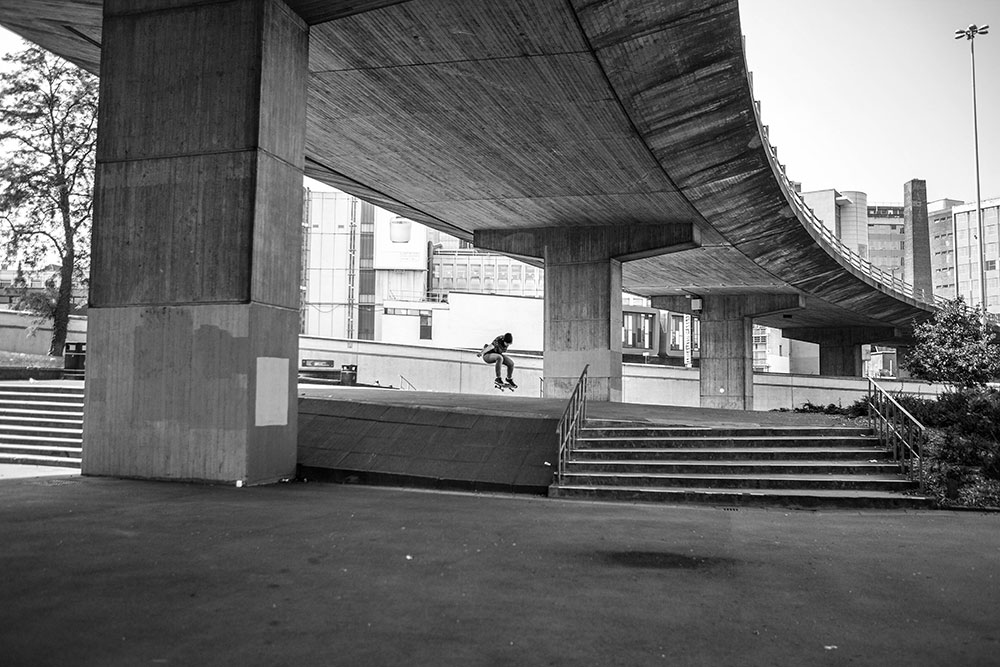
Claire Alleaume – ollie in – Fastlands, Birmingham. Photo: Charlotte Thomas

